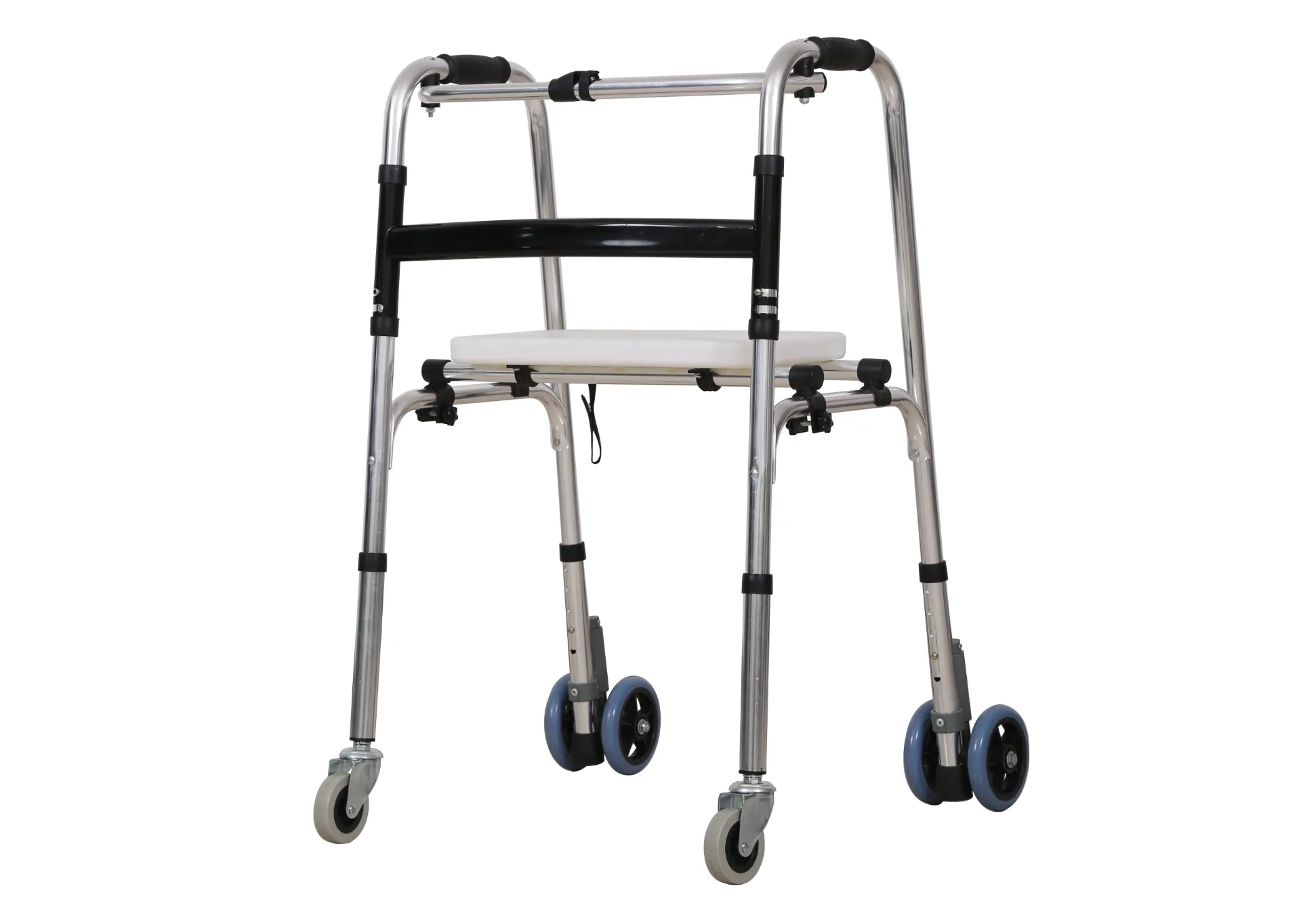Welcome to our websites!
physical therapy walking machine
The Benefits of Using Walking Machines in Physical Therapy
Walking is one of the most fundamental movements of human mobility, making it essential for rehabilitation in various populations. Walking machines, commonly known as treadmills, have become indispensable tools in physical therapy, offering numerous benefits for patients recovering from injuries, surgeries, or various medical conditions. This article will delve into how walking machines are utilized in physical therapy and the advantages they provide.
Understanding Walking Machines
Walking machines come in various forms, from standard treadmills to more advanced models equipped with features designed to enhance rehabilitation. Some may include harness systems that support patients while they walk, allowing them to regain confidence in their movement without the fear of falling. Others may be specialized treadmills with underwater capabilities, providing a low-impact environment that reduces stress on joints.
Benefits of Walking Machines in Physical Therapy
1. Controlled Environment for Rehabilitation Walking machines provide a controlled environment where therapists can closely monitor a patient’s progress. With adjustable speed and incline options, therapists can tailor the experience to suit each individual’s needs, gradually increasing difficulty as patients improve.
2. Encouragement of Proper Gait Mechanics When recovering from an injury or surgery, patients may develop compensatory movement patterns. Walking machines allow therapists to focus on correcting gait mechanics, ensuring that patients learn to walk correctly again. With the treadmill's consistent surface and speed, patients can practice their walking form repetitively.
physical therapy walking machine

3. Low-Impact Exercise For individuals with joint pain or those recovering from surgery, traditional walking can be painful. Walking machines, especially those with cushioning systems or aquatic mats, minimize impact on the joints, allowing patients to engage in activities they might otherwise be unable to perform. This low-impact exercise helps enhance mobility while reducing the risk of further injury.
4. Real-Time Feedback and Monitoring Many modern walking machines are equipped with technology that tracks progress, including speed, distance, time, and heart rate. Therapists can use this data to adjust rehabilitation plans accordingly and provide instant feedback to encourage patients. Constant monitoring ensures that patients remain within safe limits, promoting both safety and efficacy in their treatment.
5. Boosting Confidence and Morale The ability to walk on a treadmill can significantly help build confidence in patients who may have faced mobility challenges. As they experience success on the walking machine, patients often feel a sense of accomplishment, which is crucial for their motivation. This psychological boost can play a pivotal role in their recovery journey.
6. Versatile Use Across Conditions Walking machines are beneficial for a wide range of conditions, such as post-surgical rehabilitation (knee or hip replacements), stroke recovery, neurological disorders (like Parkinson's disease), and chronic pain management. Their adaptability makes them essential tools in physical therapy settings.
7. Enhanced Safety Many walking machines come with significant safety features, such as emergency stop buttons and handrails, which enhances patient security during their sessions. This reduces the risks associated with rehabilitation, particularly for patients with balance issues or those at higher risk of falls.
Conclusion
In summary, walking machines play a crucial role in physical therapy, providing a structured environment that fosters recovery and learning. From enhancing gait mechanics to boosting patient confidence, their multi-faceted benefits make them invaluable tools in rehabilitation. As technology continues to advance, we can expect even more innovations in walking machine designs, further solidifying their position as staples in physical therapy settings. By integrating walking machines into rehabilitation programs, therapists can pave the way for improved patient outcomes and a faster return to everyday activities.
-
Transforming Healthcare with Hospital FurnitureNewsJun.24,2025
-
Rehabilitation EquipmentNewsJun.24,2025
-
Mobility and Independence with WheelchairsNewsJun.24,2025
-
Freedom of Mobility with Our Rollator WalkersNewsJun.24,2025
-
Comfort and Independence with Commode ChairsNewsJun.24,2025
-
Bathing Safety and Independence with Shower ChairsNewsJun.24,2025
-
Navigating the Wholesale Landscape of Electric Mobility Solutions: Key Considerations for Power Wheelchair DealersNewsJun.10,2025











